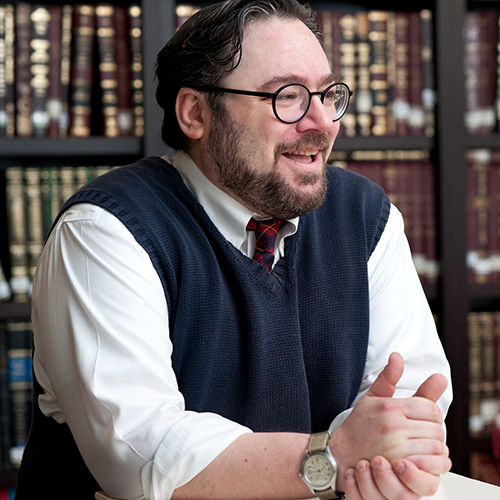Babylonian Talmud Shabbat 113a

Rav Yehuda said in the name of Shemuel, “One may utilize weavers’ tools on Shabbat.” They [the students] asked Rav Yehuda, “What is the ruling with regard to the upper counterweight and the lower counterweight [of the loom]?” “Yes” or “no” were loose in his mouth.
אמר רב יהודה אמר שמואל כלי קיואי מותר לטלטלן בשבת בעו מיניה מרב יהודה כובד העליון וכובד התחתון אין ולאו ורפיא בידיה
We have seen this source before. When last we saw it, I mentioned that some of our Sages felt that objects which could not be used on Shabbat in any permitted way should be utterly outlawed for the entire twenty-five-hour period of Shabbat. This is the prohibition that came to be known as muktzeh(things placed to the side). If an object has no use on Shabbat, it is in this category and, generally, may not be picked up and moved to another location on Shabbat. This is different than the prohibition on carrying from one domain to another, which we have been discussing the last few weeks. This later prohibition, termed hotza’ah (literally, carrying out), applies to all objects.
However, muktzeh only prohibits the use of objects that have no legitimate use on Shabbat. As we noted the last time we saw this source, if one can find a Shabbat use for an object, even though that use may not be the purpose for which the object was made, one may use it on Shabbat. For instance, a hammer is used for building—a Torah-prohibited act on Shabbat. Nonetheless, one may crack open walnuts with a hammer on Shabbat. But we noted a caveat to this exception in the text above when we first saw it a few months ago: Rav Yehuda makes clear that his teacher, Shemuel, allowed the use of weavers’ tools for a variety of permitted purposes on Shabbat. Rav Yehuda’s students then challenged him: what about the delicate parts of the weaver’s apparatus, such as the counterweights? If you used one of these to crack open a nut, for instance, it could become damaged and then fail to initiate the movement of the loom. Would not the weaver refrain from using the weights for any other purpose than weaving? If so, then their use must be proscribed on Shabbat, even for permitted purposes. It must be muktzeh—put to the side for the duration of Shabbat. Rav Yehuda is unable to answer their question. In the end, our halakhic tradition sides with Rav Yehuda’s students. If jewelers would only use their hammers to make jewelry (out of fear of damaging their tools), then a jeweler’s hammer’s purpose is only the construction of jewelry—an act prohibited on Shabbat. One may not use it to crack nuts (for instance) on Shabbat, since one would not use it this way during the week.
It is important, however, not to confuse categories—though one may use a regular hammer to crack open nuts on Shabbat, one may not carry it from a private to a public domain. Muktzeh and hotza’ahare different categories.
Questions
- How might we confuse these two categories? How are they similar? Different?
- Do these two categories teach different lessons?



